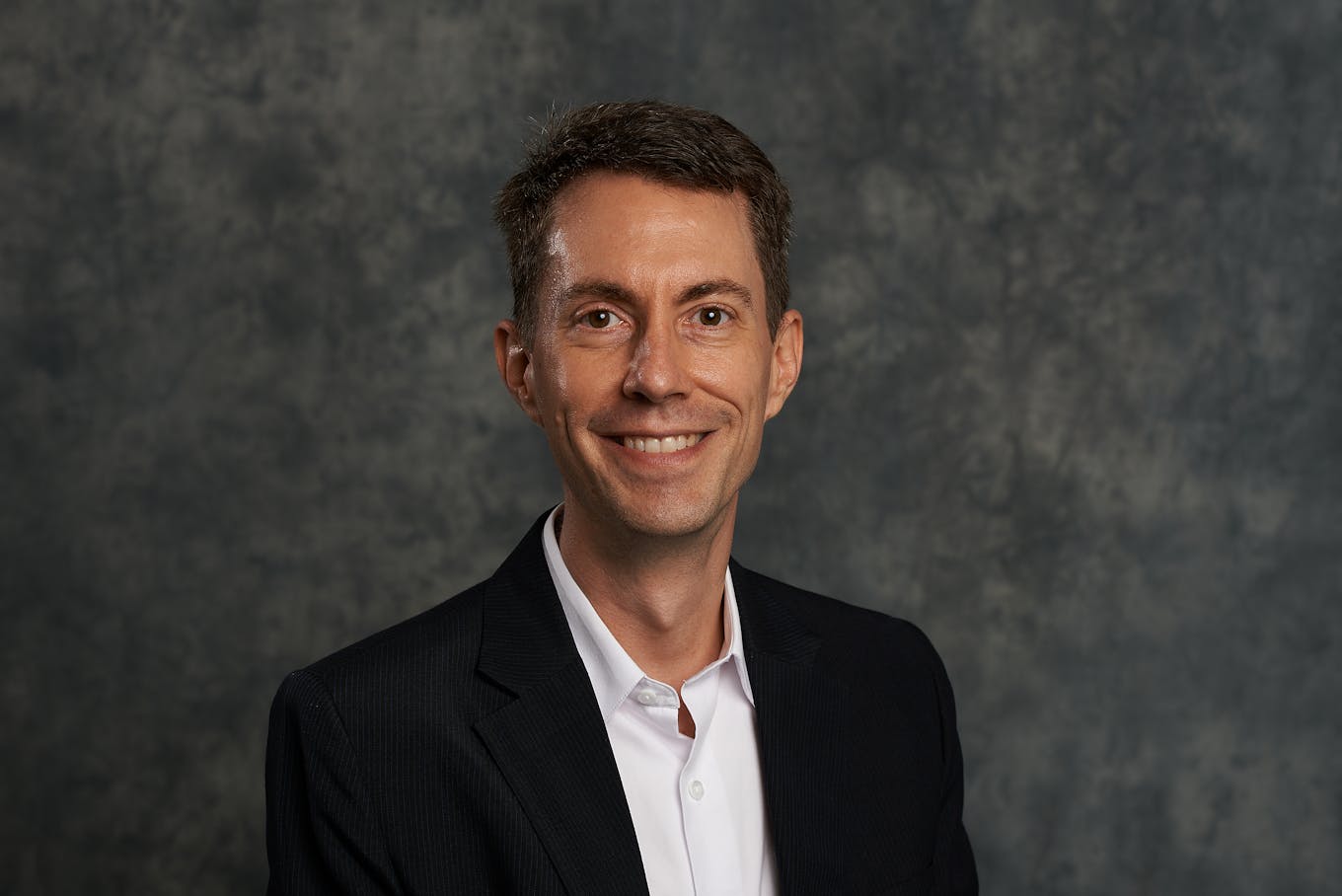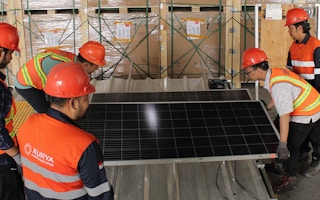On the back of a promising run providing a dozen Southeast Asia clean tech firms with early-stage financing, Singapore-based Clime Capital is looking to make another 27 investments in the coming years using blended finance.
The fund manager, supported by institutional investors and the World Bank, will have at least US$127 million to work with, it announced last week. This is up from just over US$20 million in its first iteration of the Southeast Asia Clean Energy Facility (SEACEF) four years ago. Investees can each receive loans of up to US$10 million, ten times higher than before.
All three of SEACEF II’s core markets – Indonesia, Vietnam and the Philippines – present growth opportunities, said Clime Capital chief executive Mason Wallick in an interview with Eco-Business. Investees that were part of the previous run – SEACEF I – have since raised 27 times the capital provided to them, based on gross multiple.

Mason Wallick is the chief executive officer and co-founder of Clime Capital. Image: Clime Capital.
But existing regulatory bottlenecks in these countries mean that investments may need to be disbursed in tranches, some of which are contingent on policy improvements, Wallick said, highlighting how difficult it is for green finance to flow in the region.
Clime Capital’s SEACEF is one of the few blended finance climate initiatives operating in Southeast Asia to scale-up clean energy and reduce the region’s reliance on fossil fuels. Such multi-lender schemes can crowd in more investments with better terms, though implementation has previously proven challenging.
Wallick said SEACEF “risk-gates” funds to circumvent policy challenges in Southeast Asia. He explained that a US$10 million investment may involve an initial capital input of US$1-2 million. The rest of the money will flow when regulatory barriers drop.
“We will reserve a lot of our risk capital, until we can [tell our portfolio firm]: You’re ready to scale, we’ve helped you through, now that the regulatory barriers are not there, let’s move ahead without delay,” he added.
As it stands, investing in large-scale renewables is particularly challenging in Indonesia and Vietnam. In Indonesia, project developers complain of unfair competition against fossil fuel subsidies meant to keep electricity prices low. Vietnam is strugging to update its policies on solar and wind after a rapid buildout supported by subsidies but marred by alleged corruption.
Both markets also do not allow businesses to directly buy electricity from clean power plants, which in other countries have spurred big renewables projects. Such deals are possible in the Philippines, though clean power developers have been put off by a lack of transmission infrastructure.
SEACEF has been investing in high-growth opportunities in the three countries. Portfolio companies include those dealing in electric mobility and rooftop solar projects with simpler regulations in Vietnam and Indonesia. The fund also supports an energy efficiency project and wind power initiatives.
While Vietnam has faced “hard lessons” from its past experience, Wallick said Clime Capital is supportive of the country’s focus on renewable hydrogen and grid investments, on top of an already sizable opportunity in its growing electric mobility sector.
Wallick noted that Indonesia is piloting green hydrogen and looking into pumped hydropower energy storage systems. There are opportunities in the Nusa Tenggara islands, part of which has a local aim to to achieve 100 per cent renewable energy by 2050, he added.
“We think that as a supportive investor, there is a lot of room for us. And it may be that regulatory issues going forward are not as bad as they were before,” he said.
Blended finance win
In 2020, SEACEF I was supported mostly by philanthropies and foundations. Wallick said the programme helped prove the viability of making risky, early-stage investments in Southeast Asia’s clean energy space and paved the way for government and multilateral investors to join SEACEF II.
The latest US$127 million programme has funding from state-backed agencies – British International Investment (US$13.5 million), Norway’s Norfund (US$10 million), Sweden’s Swedfund International (US$12 million), and the Dutch FMO development bank (US$13.6 million). The World Bank’s International Finance Corporation is also pitching in US$15 million.
Philanthropic groups such as the Global Energy Alliance for People and Planet and Allied Climate Partners, along with an Australian government impact fund, have agreed to stomach first losses on investments.
Australia minister for international development and the Pacific, Pat Conroy, said the country believes combining public and private capital is key to accelerating Southeast Asia’s net-zero transition. Kelley Hall, finance chief at American clothing brand REI Co-op, which also pitched in to SEACEF II, said the scheme will help develop climate solutions in the brand’s key manufacturing countries.
SEACEF II funds are used to help young firms in the renewables, energy storage, power grid, energy efficiency and electric mobility space resolve teething problems, for instance completing their first installations or feasibility studies. Not every investee is expected to succeed.
“We look to make 27 early-stage investments. It could be that only 14 of them will each draw down the full investment of around US$10 million in aggregate,” Wallick said, adding that the blended finance structure enables the higher risk appetite.
SEACEF’s strategy differs from the more popular notion that blended finance results in concessionality, meaning lower interest rates or longer payback terms.
“We believe that the concessionality we offer is being an early-stage investor who is there when no one else is…and we want to make sure that the economics of the [investees are sound],” Wallick said.
But Clime Capital is also looking to launch a technical assistance scheme for pre-investment studies and capacity building that will offer better lending terms, Wallick added.
SEACEF II is expected to make its first three investments in the next two months, and around six to seven deals across the year. The scheme, which is at first close, is currently US$8 million short of its target fund size and could receive more support later.








